First defined in law in 1352, treason remains one of the most serious crimes a person can commit. Treason trials have featured throughout British history and been at the heart of key moments that have shaped the country we are today – such as the Gunpowder Plot, the English Civil War, the establishment of the Church of England and the creation of the United States of America.
Here are some highlights of the iconic documents that you can see at the exhibition:
The Treason Act 1352
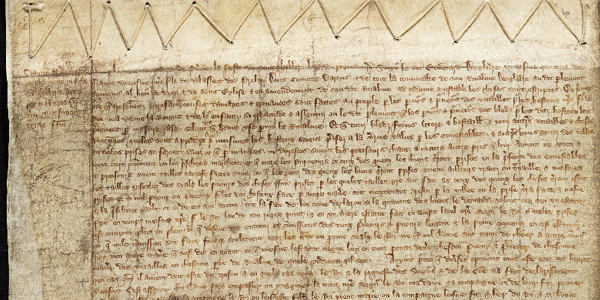
The Treason Act 1352 is the starting point of the exhibition, defining the meaning of high treason. The act has been repeatedly expanded and amended, but never repealed and the core remains in force today. On display in the exhibition is the original statute roll copy.
The Monteagle Letter
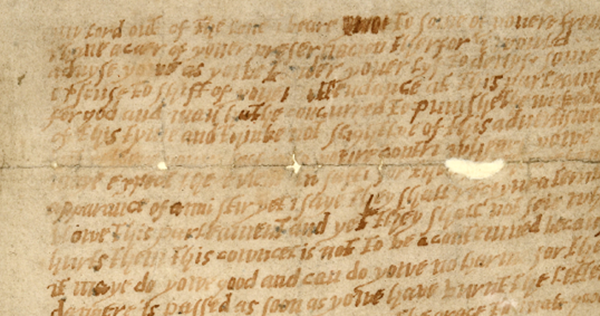
The most famous anonymous letter in British history, the Monteagle Letter that was sent to Lord Monteagle warning him not to attend Parliament in 1605, tipping off the Gunpowder Plot and leading to its discovery.
Guy Fawkes’ Confession
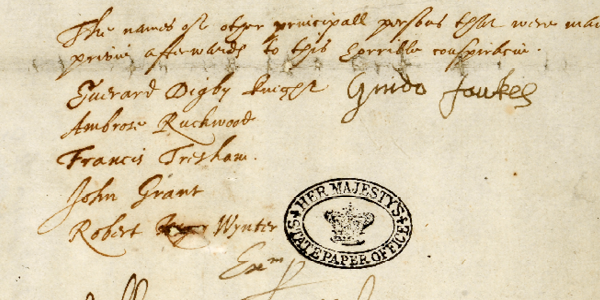
Every Bonfire Night we are reminded of Guy Fawkes and his plot to blow up Parliament. Now, you can see an original declaration signed by Guy Fawkes, dated 17 November 1605, in which he confirms the names of his co-conspirators.
Charges against Anne Boleyn
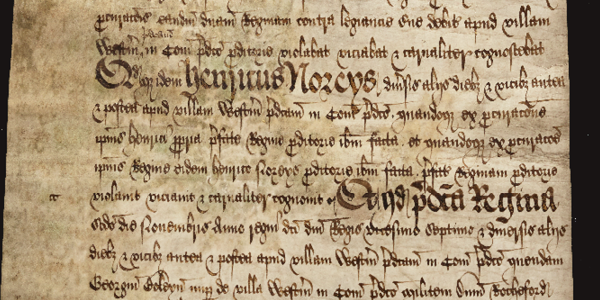
In 1536, Henry VIII had had enough of his second wife, Anne Boleyn. See for yourself the charges laid against her as she was charged with treason, adultery and incest with her brother.
The United States Declaration of Independence
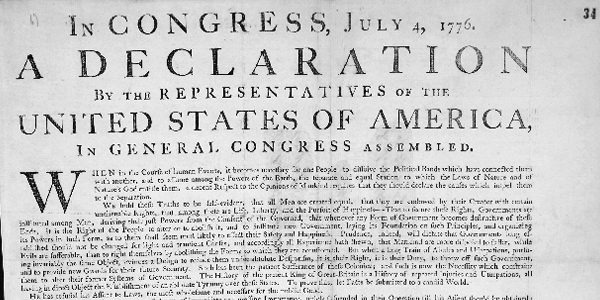
The American Declaration of Independence, made on 4 July 1776, formally rejected the authority of King George III. The signatories declared George III to be the traitor but also carried through the crime of treason into their new constitution.
Treason trials have been significant throughout the course of British history. Visit the exhibition and come face-to-face with history-defining documents and 700 years of our shared past.
